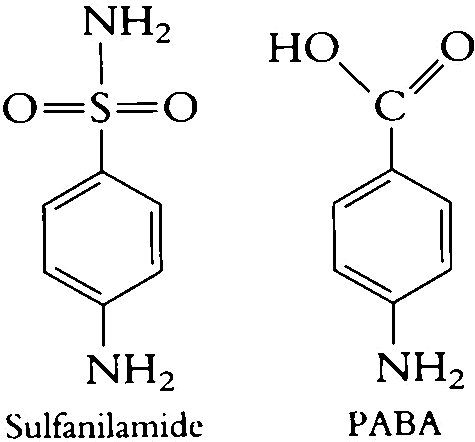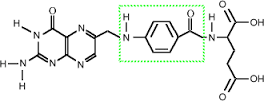What are sulfa drugs?
Sulfa drugs were a class of drugs that were the first antibiotics ever created. They lead to the current pharmaceuticals industry, and have a very interesting story and chemical background.
The first sulfa drug
One of the very first sulfa drugs used as an antibiotic was actually dye called Prontosil Red.
In the early 1930s a doctor named Gerhard Dogmak who had been testing the dye had seen some confusing results with the dye. The dye worked well against bacterial infections in mice, but showed no results at all when used against test-tube bacteria. When his daughter became sick with a deadly streptococcal infection he decided to try it, a brave move considering it was still in testing. Luckily, his daughter rapidly and fully recovered from the illness, leading to further trials into the drug.
How does it work?
What Dogmak didn’t know was that the body metabolises or breaks down the dye into a compound called sulfanilamide. This little molecule is very similar to p-aminobenzoic acid, an essential nutrient for bacteria as it helps them make a very important molecule, Folic Acid.

Sulfanilamide and p-aminobenzoic acid. p-aminobenzoic acid here is shortened to PABA
Folic acid, more commonly known as vitamin B9, is very important in the production of nucleic acids. We humans get folic acid through the food we eat, but bacteria manufacture it themselves from other chemicals, one of which is PABA (p-aminobenzoic acid)
Sulfanilamide is so similar to PABA that the bacterial enzymes involved in making Folic Acid are to be unable to distinguish between the two and try to use sulfanilamide instead of PABA to make folic acid and die because they are not able to make enough Folic acid.

The folic acid molecule with the PABA part circled (or squared?)
Cool hey!
This information actually came from an EPIC book called Napoleon’s Button’s. It’s a seriously good book, if you’re interested in chemistry I suggest you read it! everything is easy to understand!